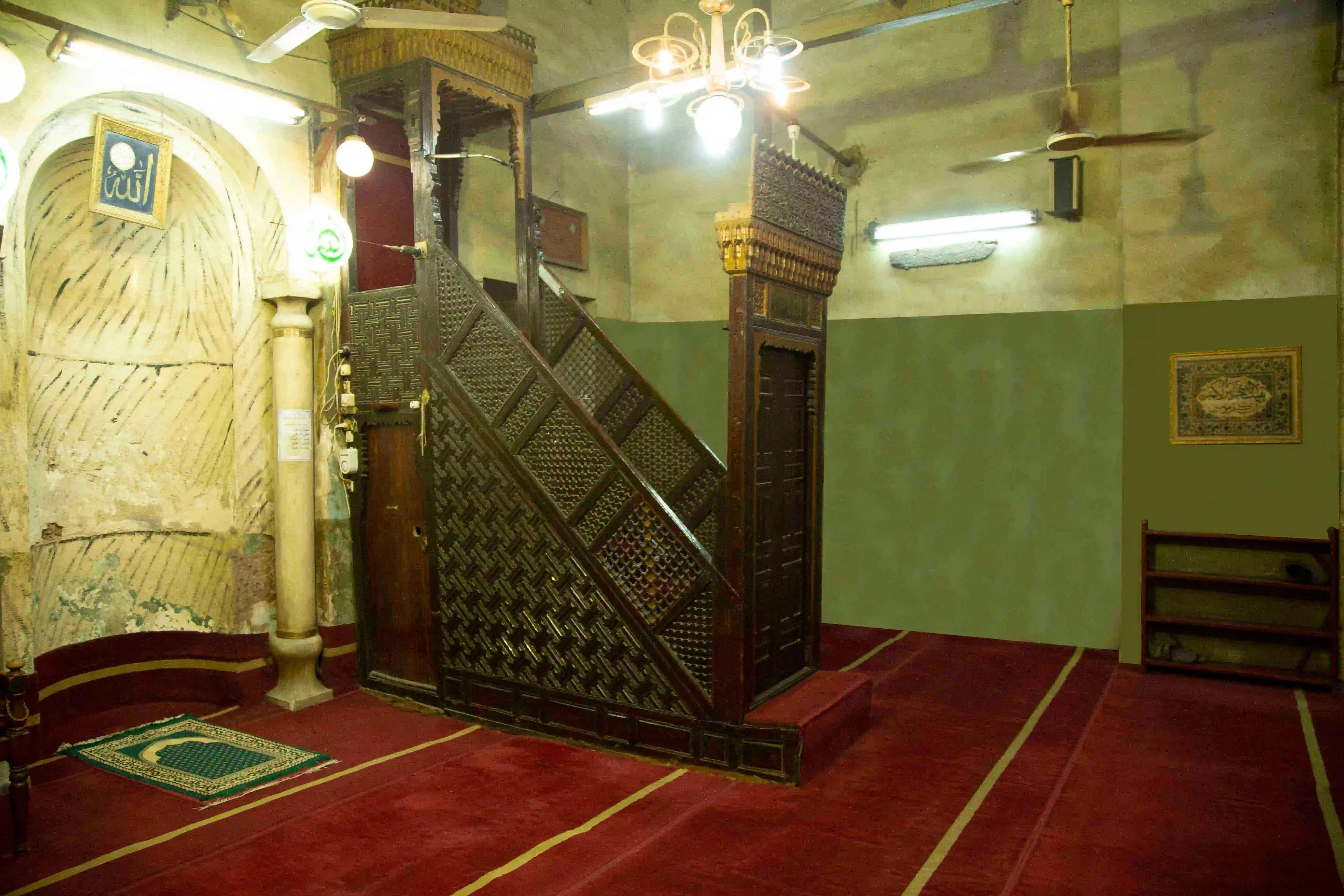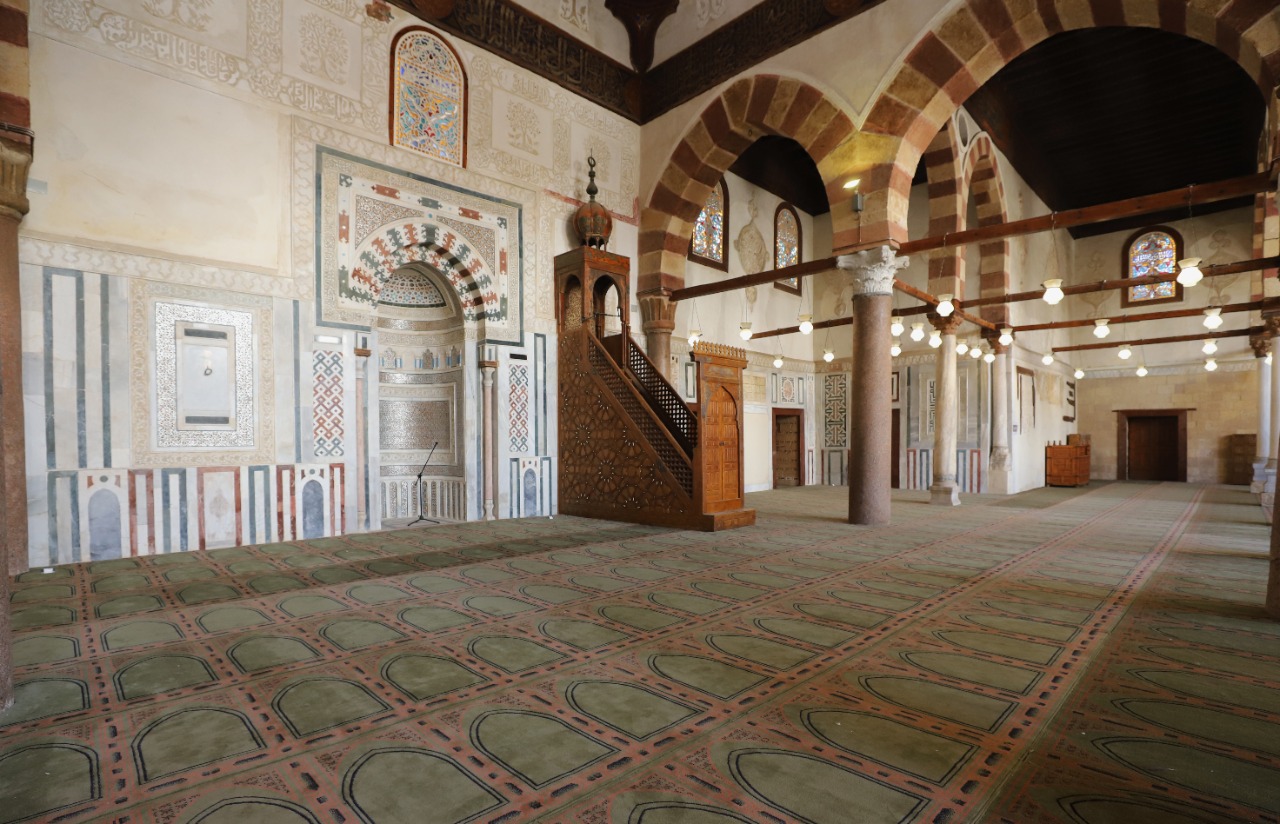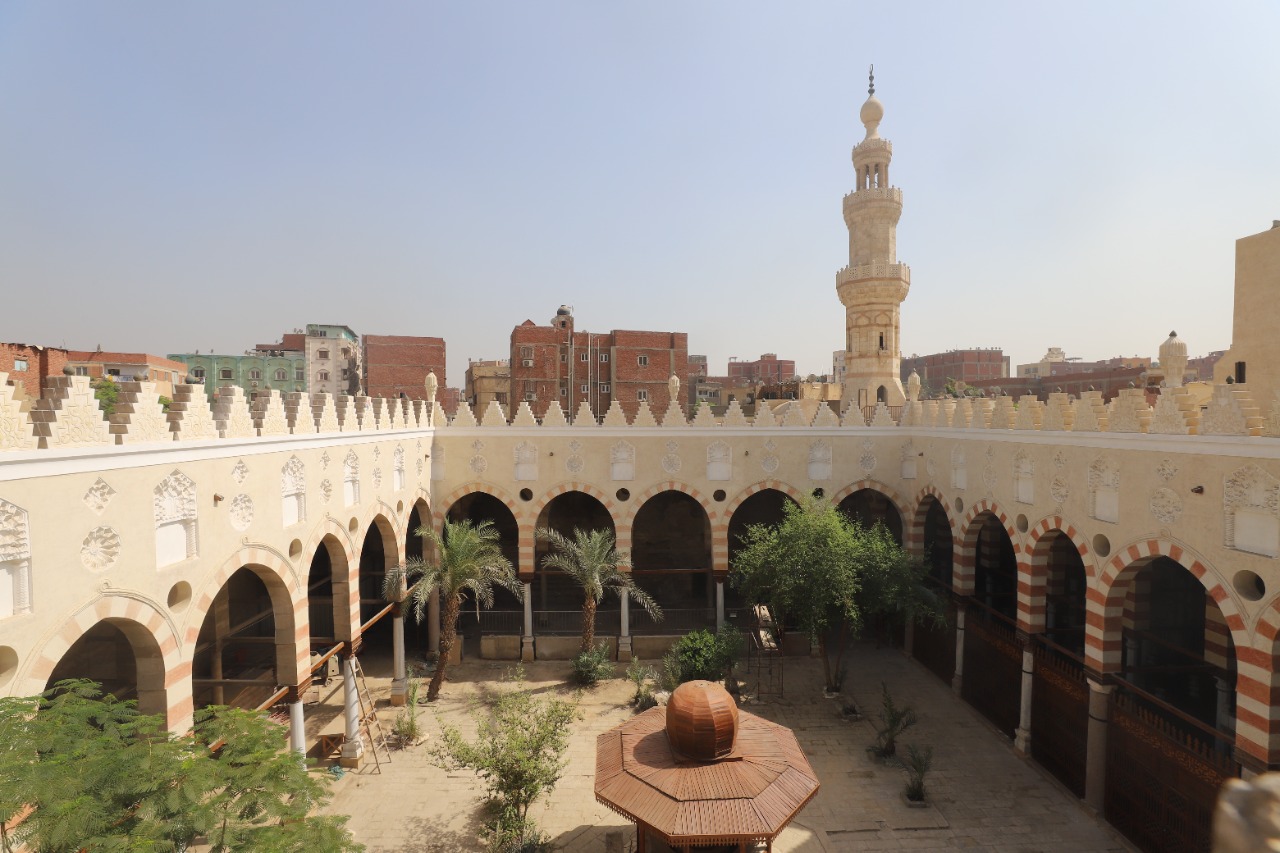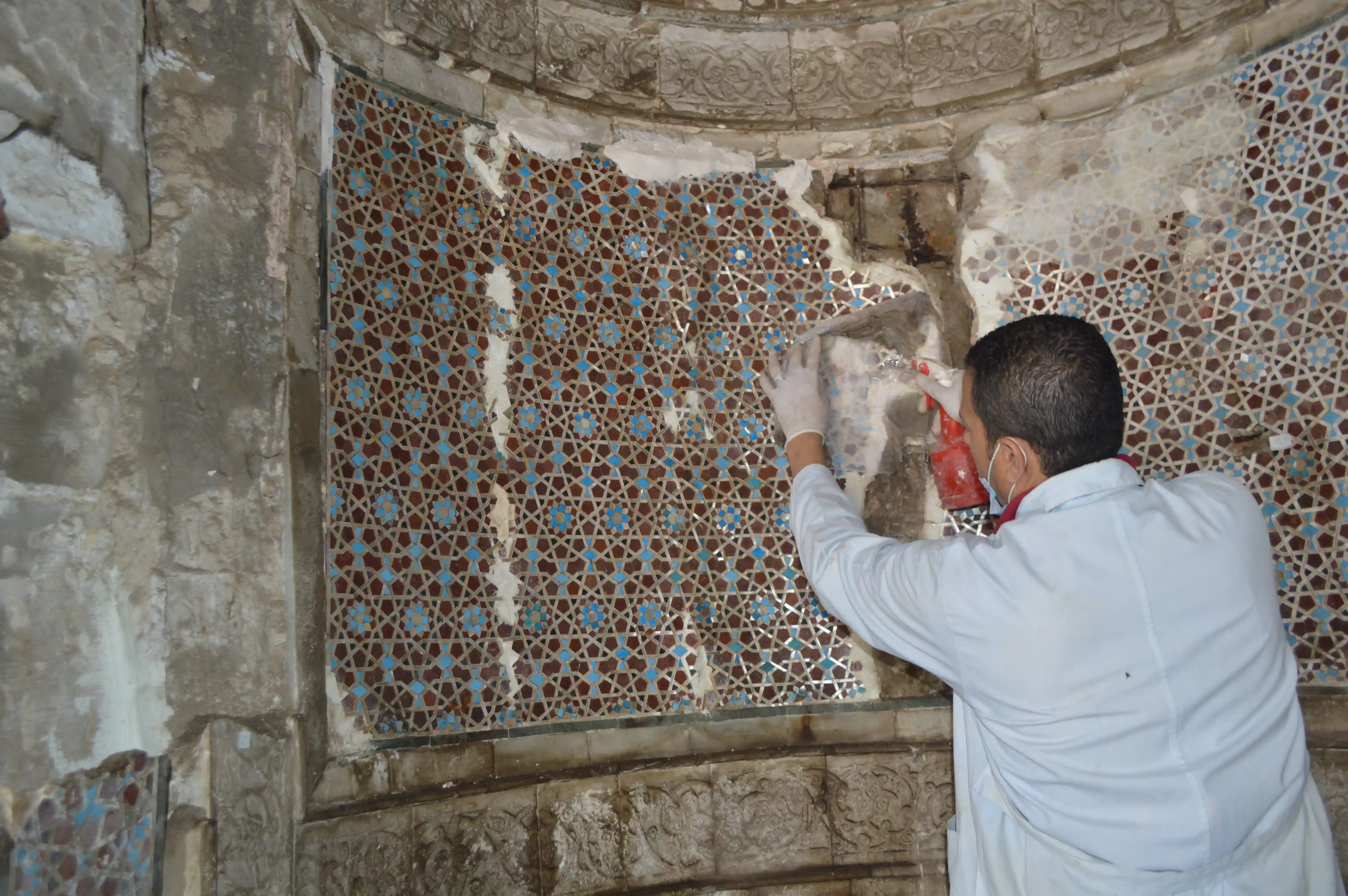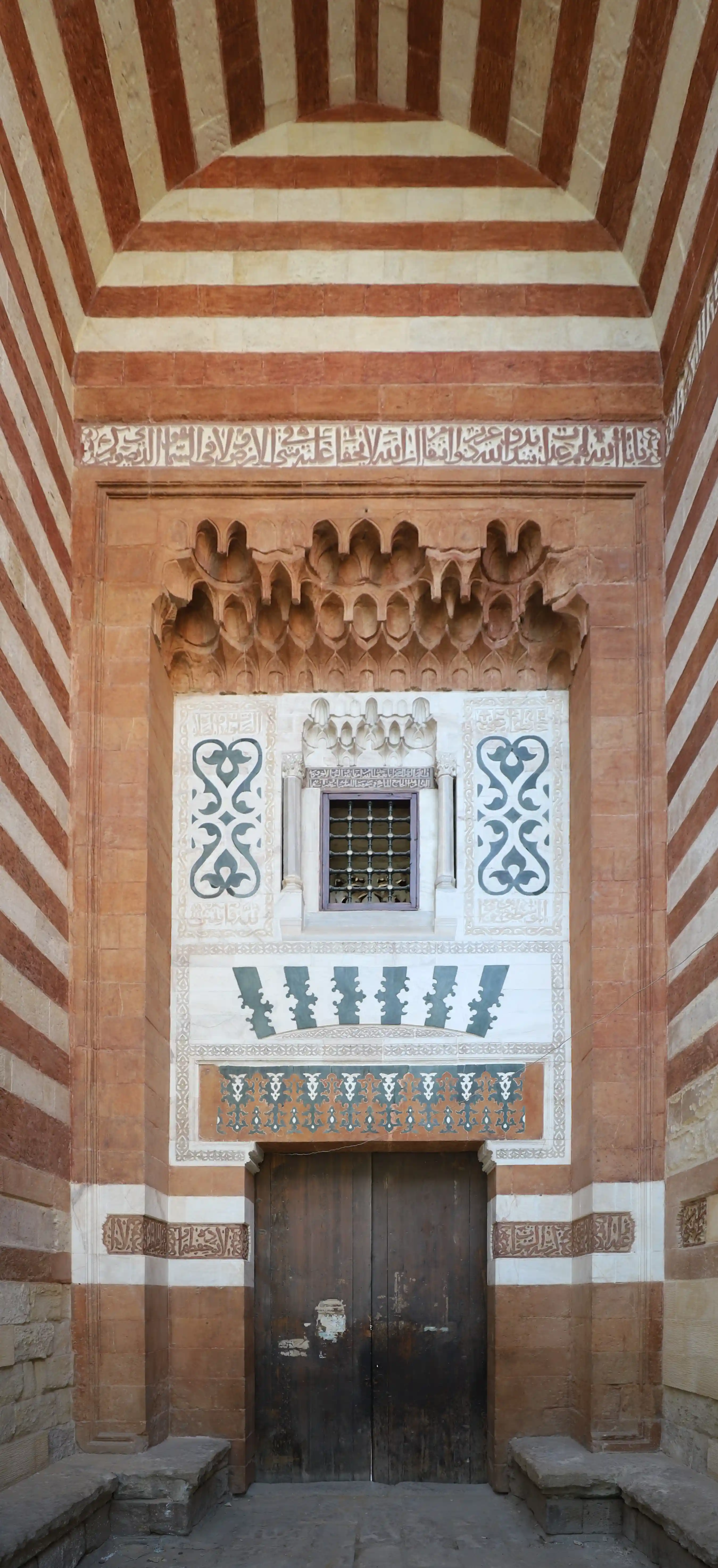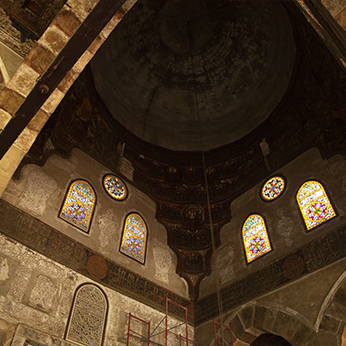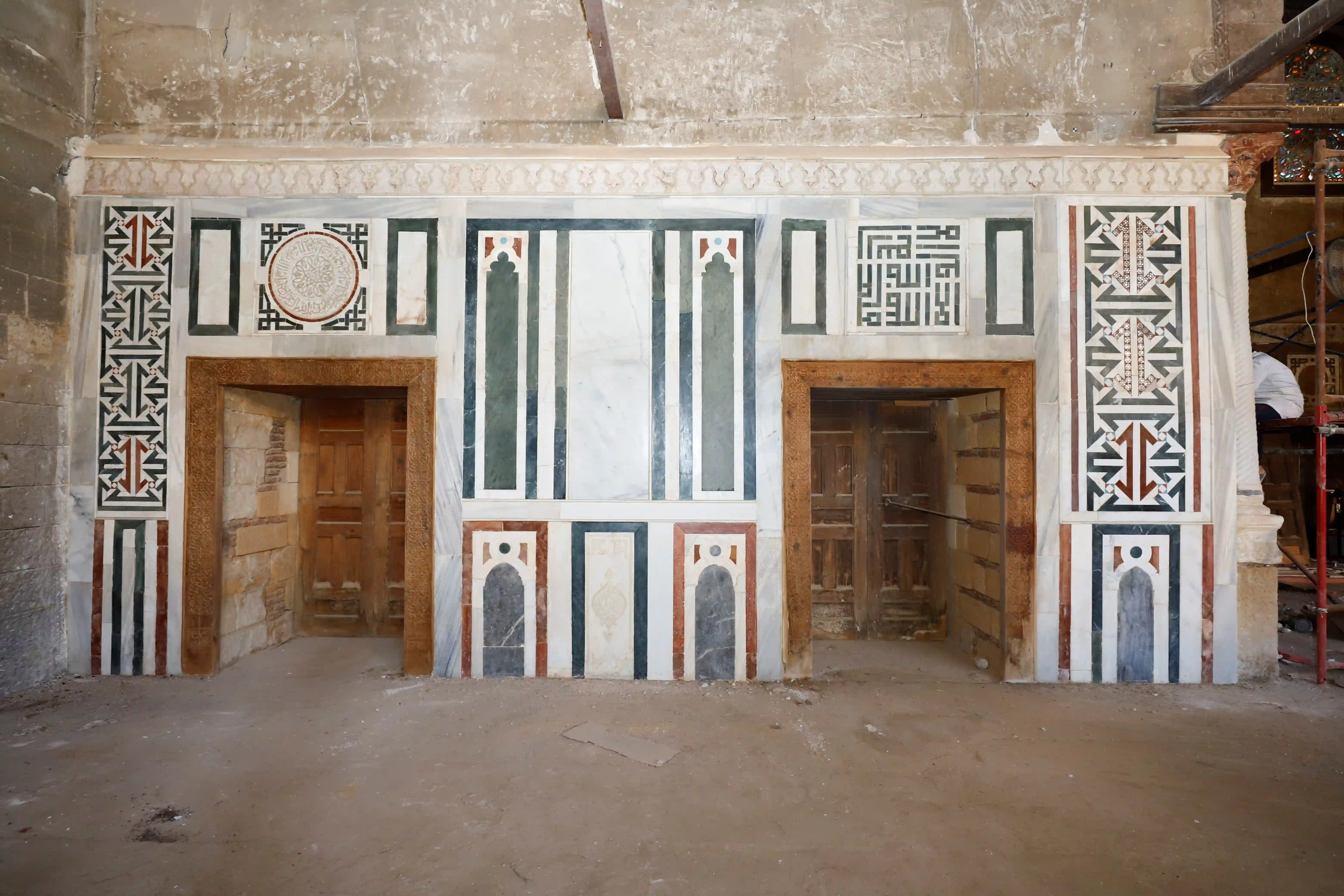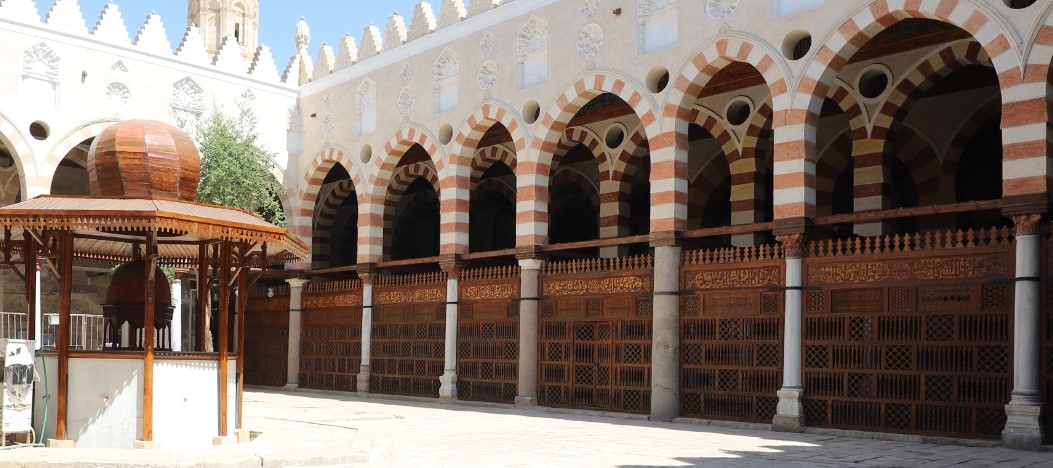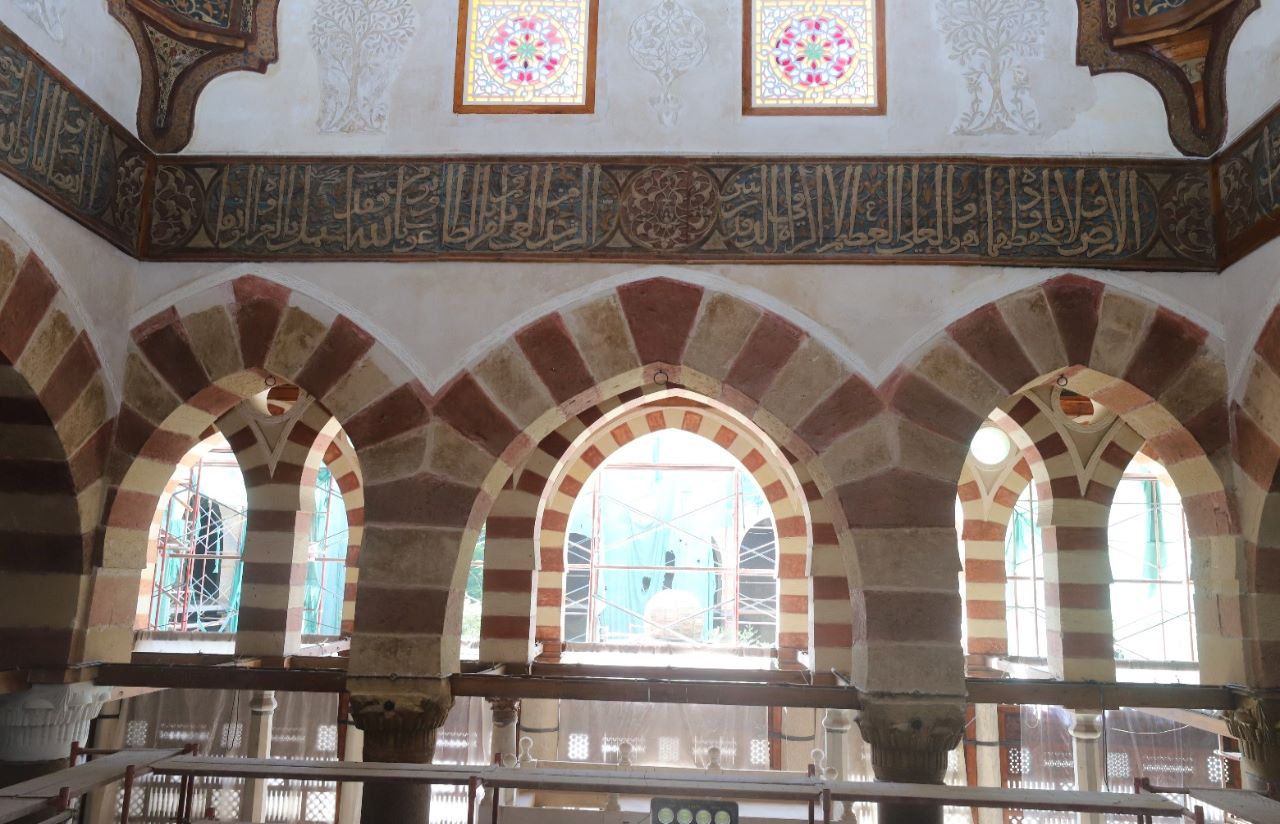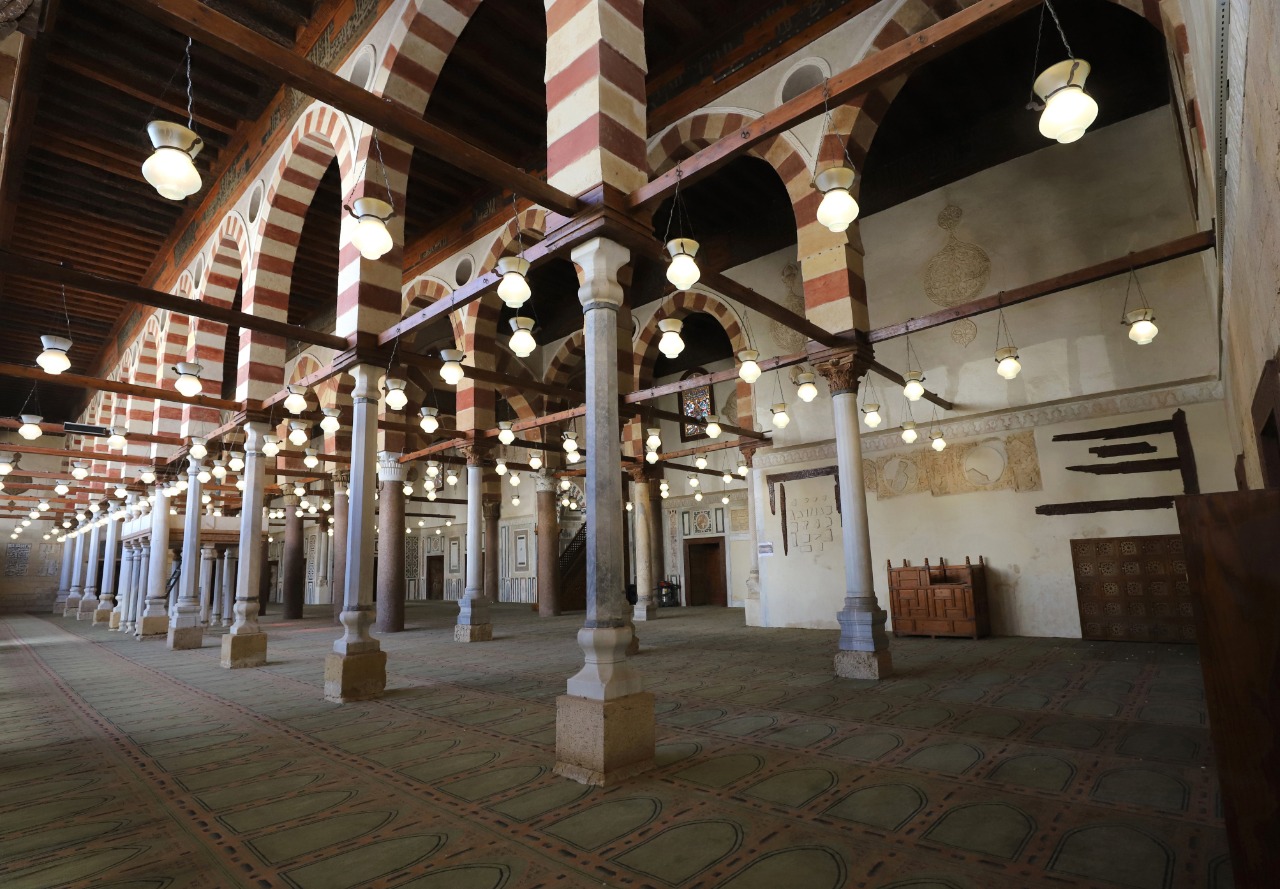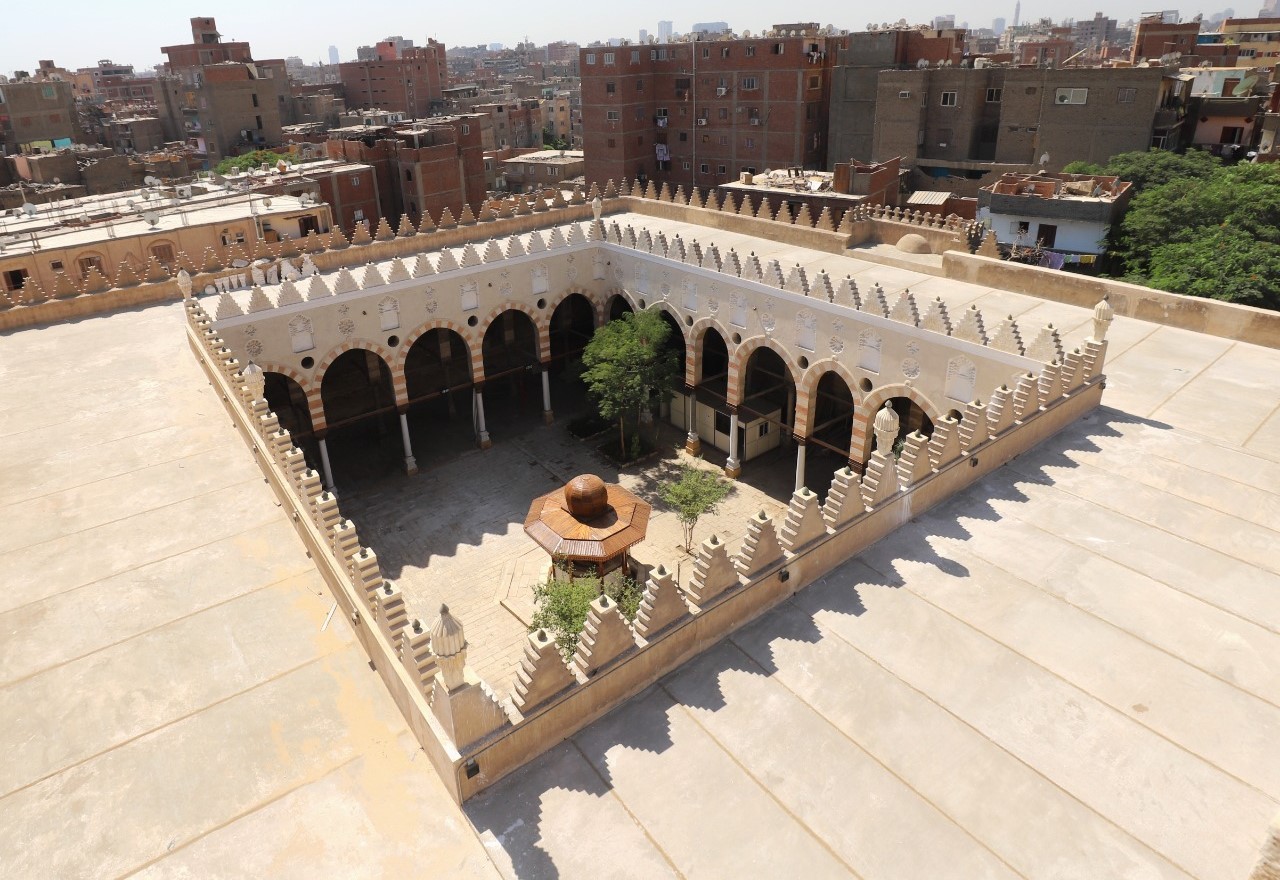Ahmed Al-Mehmendar Mosque
This mosque was established by Prince Shehab Al-Deen Ahmed al-Mihmandar who was the leader of the Egyptian army in the third period of Sultan Al-Nasser Muhammad ibn Qalawun back in 725 AH (1324 AD). The building was initially organized as a school and as a khanqa, but Prince Soliman Al-Qazadoghli decided to build a minaret and a mimbar and convert it into a mosque in 1722 A.D.
